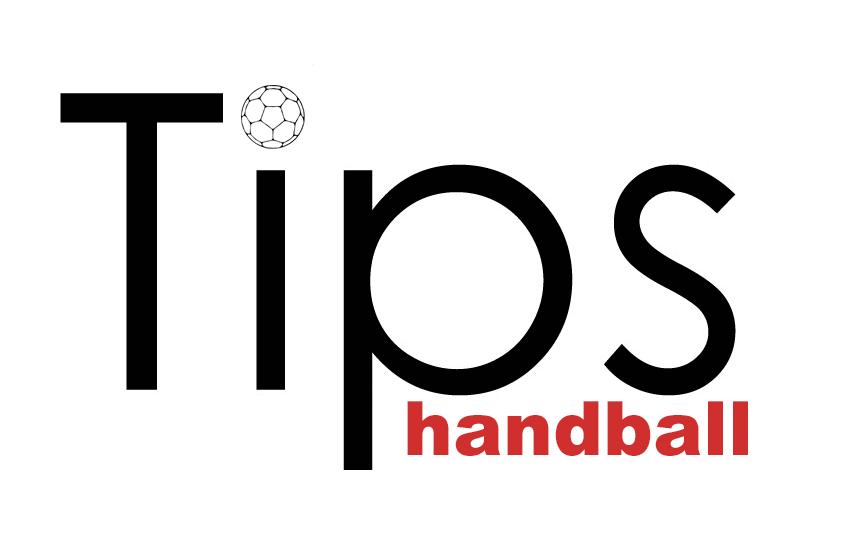
2 minute read
UNAI ARRIETA

TW: @uarrieta FC: @UApsicologodeporNvo IG: @a.unai Web: www.unaiarrieta.com
Advertisement

ESTIMATION OF THE ACTIVATION STATUS OF MALE AND FEMALE PLAYERS
One of the most important tasks of the coach in order to improve the performance of his team is to assess the level of acNvaNon, i.e. the general state of alertness of his players in training and in matches. Numerous studies have shown that there is a relaNonship between what is called arousal level and performance. On the one hand, the level of arousal influences the acenNon and concentraNon of the athletes and consequently the mental funcNoning such as informaNon processing and decision making. On the other hand, the level of arousal also influences physical funcNoning such as muscle tension and energy mobilisaNon. In both ways, mental funcNoning and physical funcNoning, the level of arousal is affecNng performance.
The overall acNvaNon level of the organism is related to physical and mental energisaNon. A low acNvaNon would correspond to a state of very calm relaxaNon. At the other extreme, a high, very high acNvaNon would correspond to a very excited state. I think it is very important to understand which are the psychological variables that make a person more or less acNve.
MoNvaNon, self-confidence and stress contribute to this level of acNvaNon. When moNvaNon increases, acNvaNon also increases, when stress increases in its manifestaNons of anxiety or hosNlity, acNvaNon also increases. But when the manifestaNons of stress are discouragement or psychological exhausNon, acNvaNon decreases. AcNvaNon also decreases when what predominates is a relaNonal state because there is no stress. Self-confidence acts as a modulaNng variable. When selfconfidence is high, moNvaNon predominates over stress, when self-confidence is low, stress predominates over moNvaNon. When self-confidence is too high what usually happens is that there is no stress but perhaps no moNvaNon and therefore no acNvaNon either.
In many cases I have observed that the coach is too busy with his obligaNons, stressed by the results and the importance of the matches, or affected by problems in the funcNoning of the team, and it is difficult for him to analyse calmly and objecNvely the present situaNons and the external signals of his players that help him to esNmate the state of acNvaNon of the team.
I encourage you during this month to put emphasis on esNmaNng the state of alertness of your players: is it lower than desirable, is it appropriate, or is it higher than the appropriate level, what psychological variables are influencing this level of alertness, how could you regulate this psychological state, what do the players need at this parNcular moment? This last quesNon is the key quesNon: the starNng point for determining the psychological strategy to use. In the next issues we will look at some of the psychological strategies to be used in relaNon to the esNmated level of arousal.










